Process mapping is an essential tool in contract management and in the efficient administration of any business. It allows you to visualize, understand and optimize organizational processes, identifying areas for improvement and maximizing operational efficiency.
In this article, we will explore in depth what process mapping is, its types and how to apply it in the context of contract management.
What is Process Mapping?
Process mapping is a technique that involves the graphical and descriptive representation of a business process in all its stages. Its main objective is to provide a clear and detailed view of how a process is executed, who is responsible, what the key steps are and how they relate to each other. This is essential to understand how processes work and to identify opportunities for improvement.
Essential elements of process mapping include
Flowcharts or flow diagrams
These charts visually represent the flow of activities in a process, showing the sequence of events, decisions made and interactions between process elements.
Process descriptions
These descriptions complement the flowcharts and provide detailed information on each step of the process, including roles and responsibilities, inputs and outputs, execution times and resources required.
Procedural documentation
Standard operating procedures (SOPs) detail the actions required to carry out each step of the process. These documents are useful for training personnel and ensuring consistency in execution.
Types of Process Mapping
There are several types of process mapping that can be used in contract management and in the optimization of any business activity. Some of the most common types are.
As-Is Process Mapping
This type of mapping documents the process as it is today, without making changes. It is useful for understanding the current state and detecting inefficiencies.
To-Be Process Mapping
Here, the process is represented as it should be in the future, after making improvements or changes. It allows to visualize a more efficient and effective vision of the process.
Linear Process Mapping
In this approach, processes are represented sequentially, showing a clear hierarchy of tasks.
Functional Process Mapping
This type focuses on the organizational structure, showing how the different functions or departments are related in the execution of the process.
Value Added Process Mapping (VSM)
Commonly used in manufacturing, it focuses on eliminating waste and improving process efficiency.
How to Apply process mapping in contract management
Contract management is one area where process mapping can provide significant value. Here are some ways to apply it:
Identification of Critical Processes
Mapping the processes involved in contract management helps identify critical workflows. This allows you to prioritize resource allocation and ensure that contracts are managed effectively.
Reduced Errors and Delays
By mapping processes, it is possible to identify bottlenecks and weak points in contract management. This makes it possible to implement measures to reduce errors and delays in contract execution.
Communication Optimization
Process mapping also helps improve communication between parties involved in contract management. Flowcharts and process descriptions provide clear guidance for all stakeholders.
Audit and Compliance
Detailed process records assist in contract audit and compliance. They facilitate documentation of who did what and when.
In summary, process mapping is a fundamental tool for contract management and optimization of any business activity. By identifying critical processes, reducing errors and improving communication, organizations can achieve more efficient and effective contract management, which in turn can translate into greater success and profitability in their operations.










